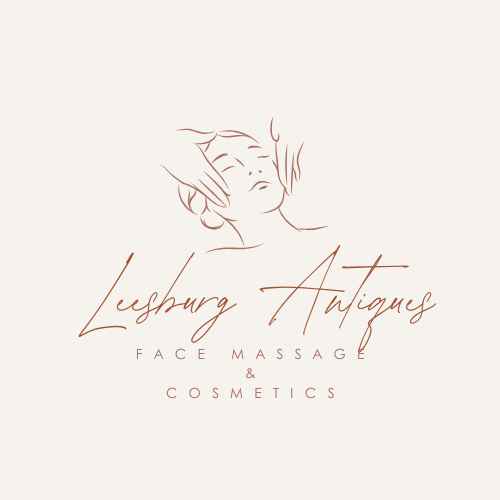
Why is Practical Anatomy Fundamental in Medical Education?
Practical anatomy is not just a subject in the medical curriculum; it's the foundation upon which the art and science of surgery is built. It goes beyond textbooks, offering medical students and professionals an invaluable, hands-on experience that is crucial for understanding the complex structures and functions of the human body.
In surgical training, theoretical knowledge is important, but it's the practical skills that save lives. Through direct interaction with human bodies, learners can visualize and appreciate the spatial relationships between organs, understand variations in anatomy among individuals, and develop a tactile memory of tissues and structures. This experiential learning is critical in preparing future surgeons to make informed decisions and perform precise maneuvers in the operating room.
Practical anatomy bridges the gap between theory and practice, ensuring that medical education produces not just knowledgeable, but also competent and confident medical professionals.
How Does Hands-on Experience with Human Bodies Improve Surgical Skills?
Hands-on experience with human bodies is an indispensable component of surgical education, significantly enhancing a surgeon's skills and competencies. This practical exposure allows medical students and professionals to directly apply their theoretical knowledge, translating abstract concepts into tangible skills.
Firstly, working with human bodies offers a realistic understanding of the human anatomy's complexity. Surgeons learn to navigate the intricacies of tissues, organs, and systems, gaining insights that are impossible to acquire from diagrams or virtual simulations alone. This deepened understanding fosters precision in surgical techniques, crucial for minimizing risks and improving patient outcomes.
Secondly, hands-on experience cultivates a surgeon's tactile sensitivity. Performing procedures on actual human tissues helps in developing a 'feel' for different textures and densities, enabling surgeons to distinguish between healthy and diseased tissues more effectively. This tactile feedback is vital for executing delicate operations and can only be honed through direct practice.
Moreover, practical anatomy sessions provide a safe environment for students to practice and make mistakes without compromising patient safety. This trial-and-error process is essential for building confidence and mastering surgical techniques. It also encourages critical thinking and problem-solving skills, as students learn to adapt their approach based on the anatomical variations they encounter.
In summary, hands-on experience with human bodies is crucial for developing a surgeon's technical proficiency, tactile sensitivity, and decision-making capabilities. This immersive learning approach ensures that surgeons are well-equipped to handle the complexities of real-world surgical procedures with confidence and expertise.
What Role Does Practical Anatomy Play in the Development of New Medical Cures?
Practical anatomy serves as a cornerstone in the quest for new medical cures, providing invaluable insights that drive innovation and breakthroughs in treatment. Through the detailed study of human bodies, medical researchers gain a profound understanding of disease mechanisms and how they affect various bodily systems. This knowledge is pivotal in identifying potential targets for therapeutic intervention.
Moreover, practical anatomy allows for the direct testing of medical hypotheses and the evaluation of treatment efficacy in a real-world context. For instance, new surgical techniques or medical devices can be developed and refined through hands-on experimentation and observation, ensuring they are both safe and effective before being introduced to clinical practice.
Ultimately, the role of practical anatomy in medical research transcends basic knowledge acquisition. It fosters a collaborative environment where theoretical knowledge, clinical insights, and innovative ideas converge to create groundbreaking medical solutions that can significantly improve patient care and outcomes.
How Do Medical Device Companies Benefit from Practical Anatomy Courses?
Medical device companies stand to gain significantly from practical anatomy courses, as these programs offer a unique platform for the development and testing of new technologies. Through hands-on experience with human bodies, engineers and designers can understand the anatomical context in which a device will operate, ensuring that their innovations are anatomically compatible and meet the real needs of patients and surgeons.
Furthermore, practical anatomy courses provide an opportunity for immediate feedback from medical professionals. This interaction is invaluable for refining device design, functionality, and usability. It allows companies to identify potential issues early in the development process, saving time and resources by preventing costly revisions later on.
Additionally, these courses can foster partnerships between medical device companies and healthcare professionals, facilitating clinical trials and accelerating the adoption of new technologies in medical practice. This collaboration not only benefits the companies by enhancing their products but also contributes to the advancement of medical science and patient care.
Where Can Medical Teams Find Courses on Practical Anatomy?
Medical teams looking to enhance their surgical skills through practical anatomy courses have several options available. Many medical schools and universities offer specialized programs that provide hands-on experience with cadavers or anatomical specimens. Additionally, professional organizations and surgical societies often host workshops and seminars focusing on advanced surgical techniques and innovations in medical practice.
Online platforms and websites dedicated to medical education also list practical anatomy courses, including virtual and augmented reality programs that simulate real-life surgical scenarios. For more direct access to a comprehensive range of courses tailored to various medical fields, visiting https://biotechanatomy.co.il/ can connect medical teams with valuable resources and training opportunities specifically designed to improve surgical practices and patient outcomes.
Summary
Practical anatomy is an essential pillar of medical education, significantly enhancing surgical skills and paving the way for medical advancements. Through hands-on experience, medical professionals gain a profound understanding of human anatomy, improve their tactile sensitivity, and refine their surgical techniques. Furthermore, practical anatomy courses are instrumental in the development of new medical cures and innovations in medical devices, offering a collaborative platform for researchers and companies alike. Medical teams seeking to further their expertise can find a plethora of courses available through universities, professional organizations, and specialized online platforms like biotechanatomy. Ultimately, the integration of practical anatomy into medical training ensures the delivery of superior patient care and the continuous evolution of medical practices.
